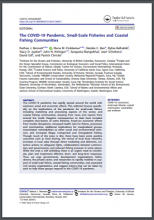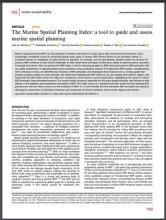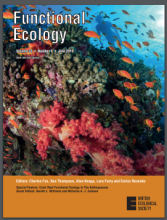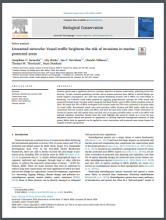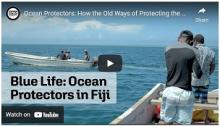
Marine Resources provides a variety of documents and links to information on marine species, deep sea mining, coral reefs, fisheries, seamounts, wetlands and more. It is not exhaustive and other marine related resources can be found under Partnerships and Planning.
Turtles
Various Resources on Sea Turtles
Indian Ocean Southeast Asia Marine Turtle Memorandum of Understanding

